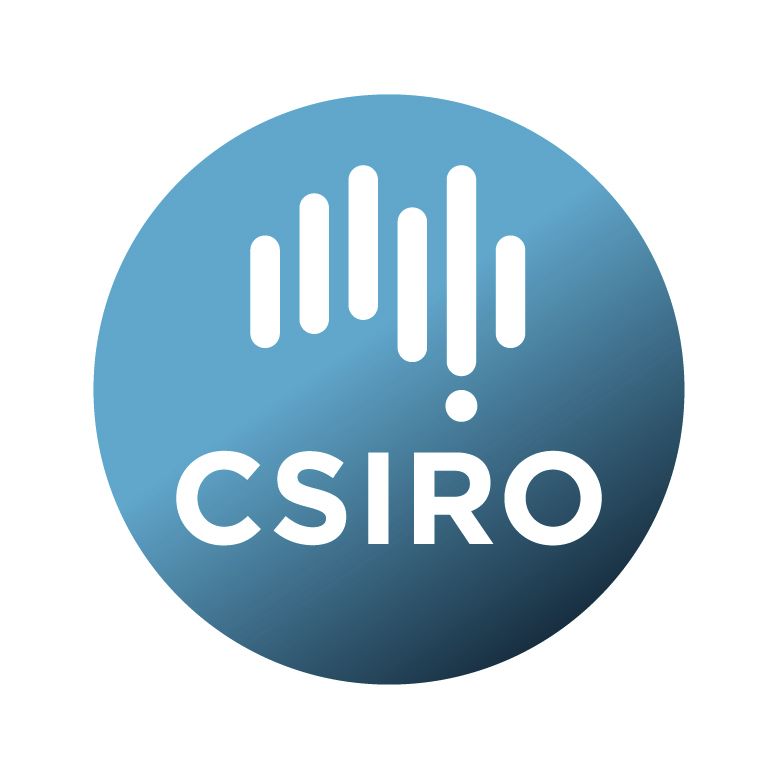Brief description
Reproduction and recruitment underlie the maintenance of biological communities. For most marine organisms the ocean environment provides the potential for widespread dispersal of organisms during various life cycle stages via currents, tides and wind.Within the Kimberley region, key biological communities have a range of reproductive modes. Understanding patterns of larval connectivity is critical to managing the exposure of biological communities to disturbances in space and time.
KSN Project 1.1.3 employed genomic tools (microsatellite DNA markers and single nucleotide polymorphisms) and microchemistry to provide the first comprehensive measurements of the distances moved by marine organisms between Kimberley reefs, and how frequently organisms move between the Kimberley and other regions (e.g. offshore shoals, the Pilbara). The research also identified potential barriers to movement. Seven organisms (two
hard corals, two seagrasses, a mollusc, two fishes) were chosen as models for exploring connectivity in the Kimberley at both fine and broad scales.
This metadata record applies to three of the seven species investigated as part of project WAMSI 2 KSN 1.1.3. The data held is Raw SNP genotype. Metadata records associated with other species and lodged by AIMS, WA Museum, Curtin University, Department of Fisheries (WA) and Edith Cowan University can be accessed via Pawsey.
Lineage: Samples for genetic analysis were collected during joint WAMSI/traditional owner field trips to the Dampier Peninsular and Buccaneer Archipelago in Spring and Summer 2014.
Available: 2019-10-25
Data time period: 2014-07-01 to 2016-12-30
Subjects
Biological Sciences |
Community Ecology (Excl. Invasive Species Ecology) |
Conservation and Biodiversity |
DNA markers |
Environmental Sciences |
Ecology |
Environmental Management |
Environmental Management |
Gene Expression (Incl. Microarray and Other Genome-Wide Approaches) |
Genetics |
Genetics Not Elsewhere Classified |
Genomics |
Kimberley. |
Wildlife and Habitat Management |
disturbances |
larval connectivity |
User Contributed Tags
Login to tag this record with meaningful keywords to make it easier to discover
Identifiers
- DOI : 10.4225/08/5B379B4175033

- Handle : 102.100.100/42091

- URL : data.csiro.au/collection/csiro:20195



